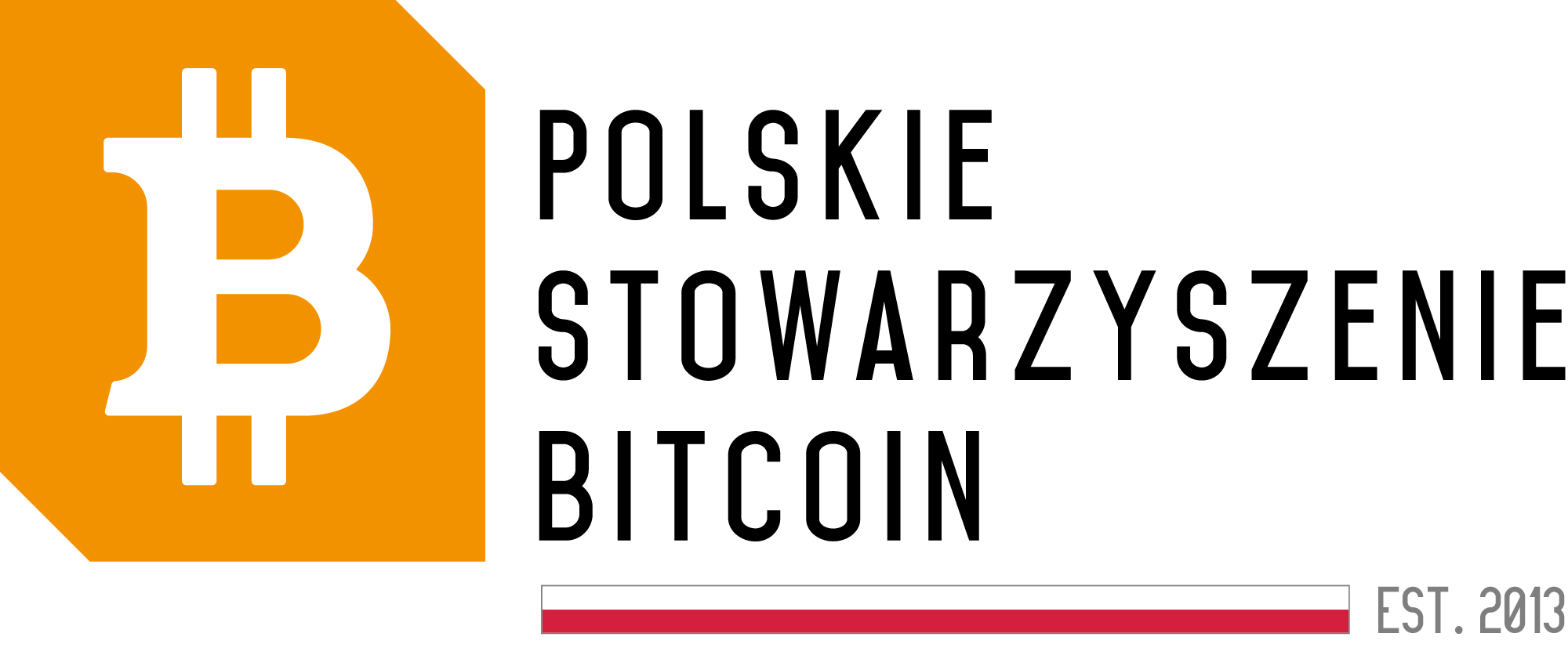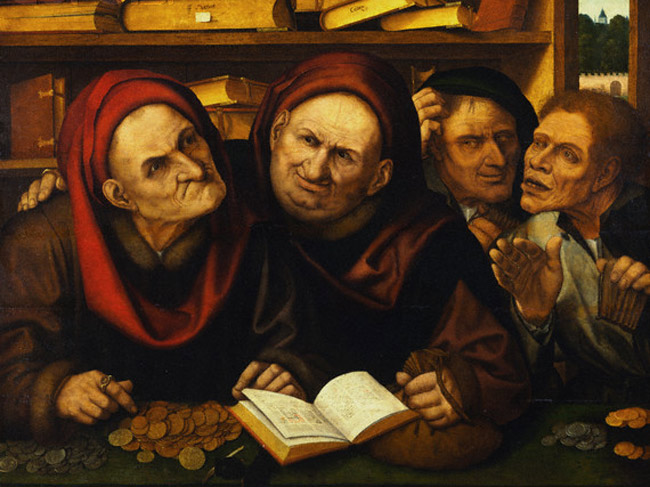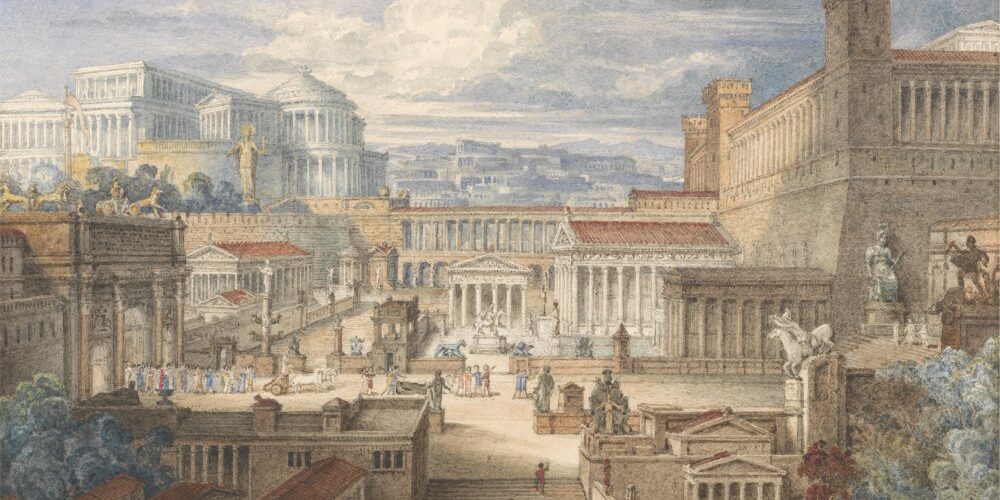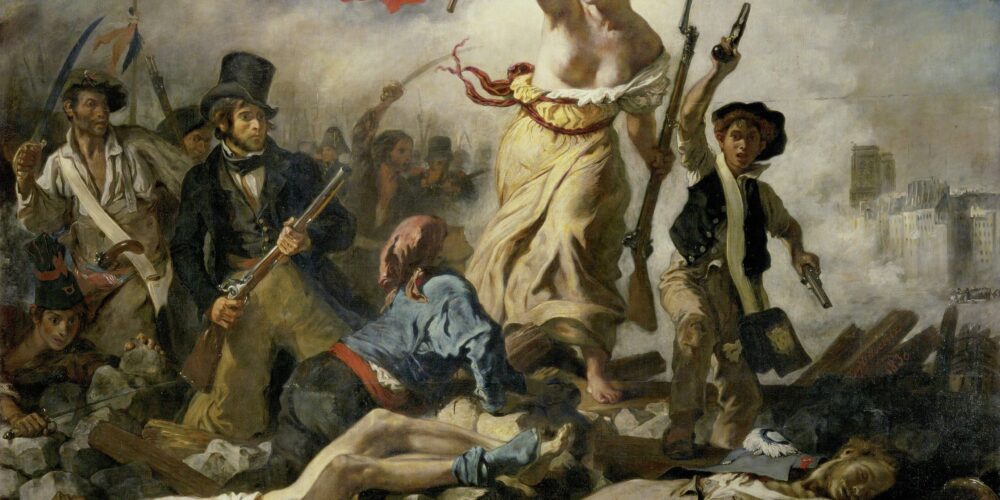History of Inflation in Poland Part VII: Independence and Reactivation
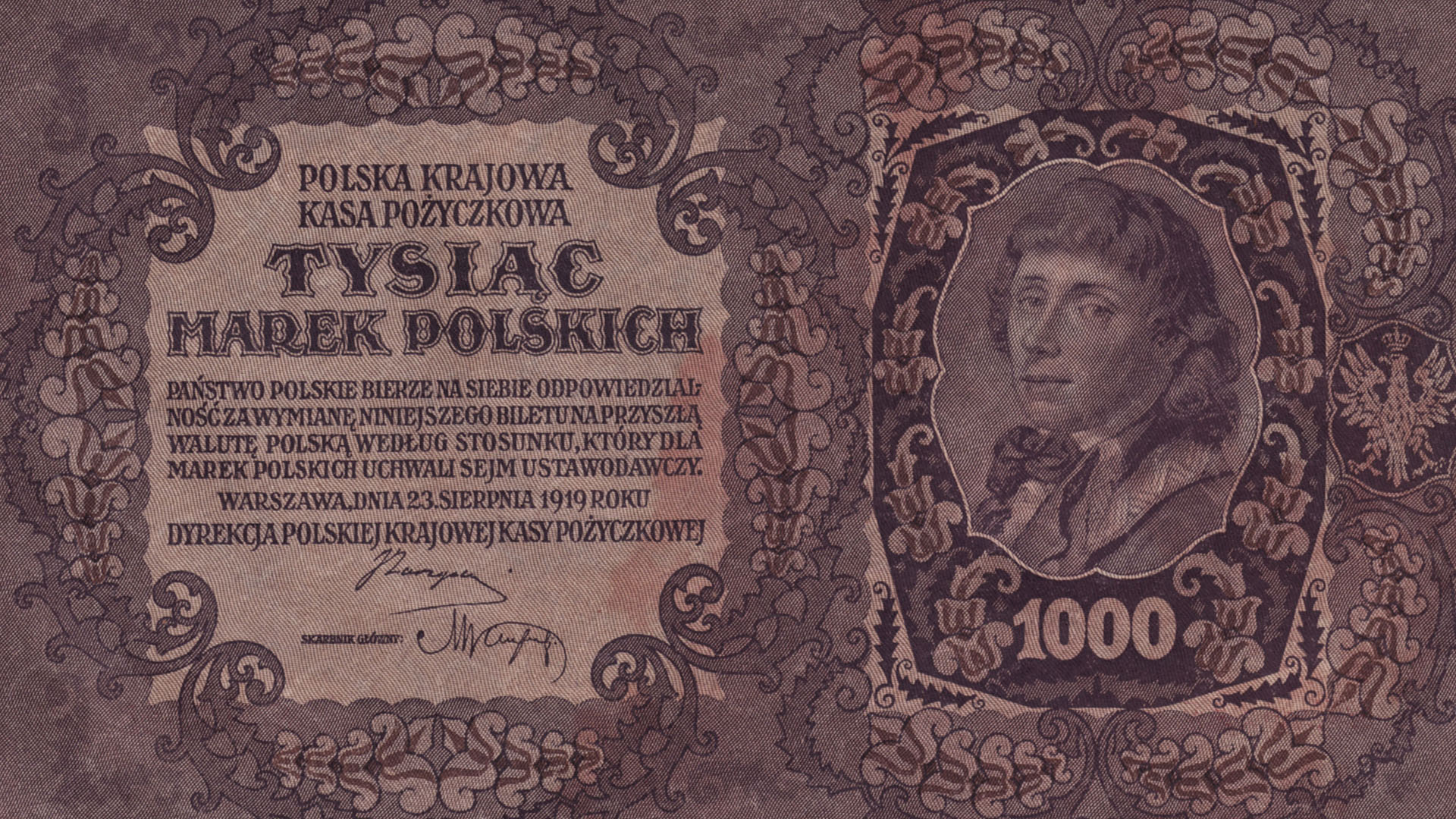
In 1918, Poland returned to the maps. World War I came to an end, but the problems with the Polish currency did not…
An important role in reviving the Polish currency was played by the Polish National Loan Treasury, established during the Great War on December 9, 1916. It was granted the right to issue the Polish mark, which was pegged to the German mark. Within a year, there were already 270 million marks in circulation, and after another six months, it reached 504 million. By the time Poland regained independence, the circulation had risen to a staggering 880 million. Of course, with the increase in issuance, inflation also rose.
However, the German occupiers knew what they were doing. They paid with constantly printed currency on Polish lands for various services and goods, but they made sure it did not enter their own territory. Paradoxically, the first “Polish” central bank in half a century (as PKKP essentially was) prioritized Germany’s interests rather than those of Poland.
Reactivation
The situation of the reborn country after November 11, 1918, was – to put it delicately – difficult. Different territories were still being fought over, with different currencies and tax systems in different regions. In such circumstances, it was challenging to carry out a sudden monetary reform. Therefore, PKKP remained the central bank of the young state, and the Polish mark continued to function as the official currency.
However, there were many more problems. There was a shortage of gold and silver, which could serve as the basis for banknotes. Historians estimate that during the partitions, Germany exported gold worth 35 million marks and 40 tons of silver from Polish lands. The post-war reparations helped a little. In exchange for foreign currencies in circulation in Poland, Russia handed over jewels and gold worth 30 million rubles, while Germany and Austria provided gold equivalent to 5 million dollars. This could help stabilize the currency.
Do We Have Banknotes? Why Let Them Sit?
Upon taking over PKKP, it turned out that the institution’s vault held a significant amount (precisely 360 million) of unused Polish mark banknotes. By the decision of the then Prime Minister, Jędrzej Moraczewski, they were immediately released onto the market. All of them…
This decision caused considerable chaos. Soon after, the situation became even worse. In 1920, Poland found itself at war with Bolshevik Russia, which aimed to spread revolution beyond its borders by force. Our young state stood in its way. And although this war may have resembled the fight of a young and determined (but seemingly weaker) David against a buffed-up Goliath, Poland emerged victorious from the conflict.
The price, unfortunately, was a massive budget deficit. While numbers are generally boring and do not convey the horror of the situation, in this case, they can demonstrate the scale of the debt increase. In 1919, Poland had a deficit of 9 million marks; a year later, it rose to 58.5 million, and after three more years, it reached 113.7 million. The only possible outcome was a crash!
It is estimated that between 1919 and 1924, the state earned as much as 800 million dollars from currency printing, but it came at the expense of citizens and the economy.
Of course, the profits from inflation did not go into the pockets of leading politicians but were used for the reconstruction of the country and state investments. Nonetheless, hyperinflation occurred in 1923. Again, I will resort to dry numbers to illustrate its scale.
In 1918, if you had 9 Polish marks, you could exchange them for 1 dollar. A year later, you needed 110 marks to get 1 dollar. In 1920, it was 590 marks; in 1921, 2,922 marks; in 1922, 17,800 marks; in 1923, a staggering 6,375,000 marks. Inflation reached its peak in 1924, when 9,250,000 Polish marks were required for one dollar.
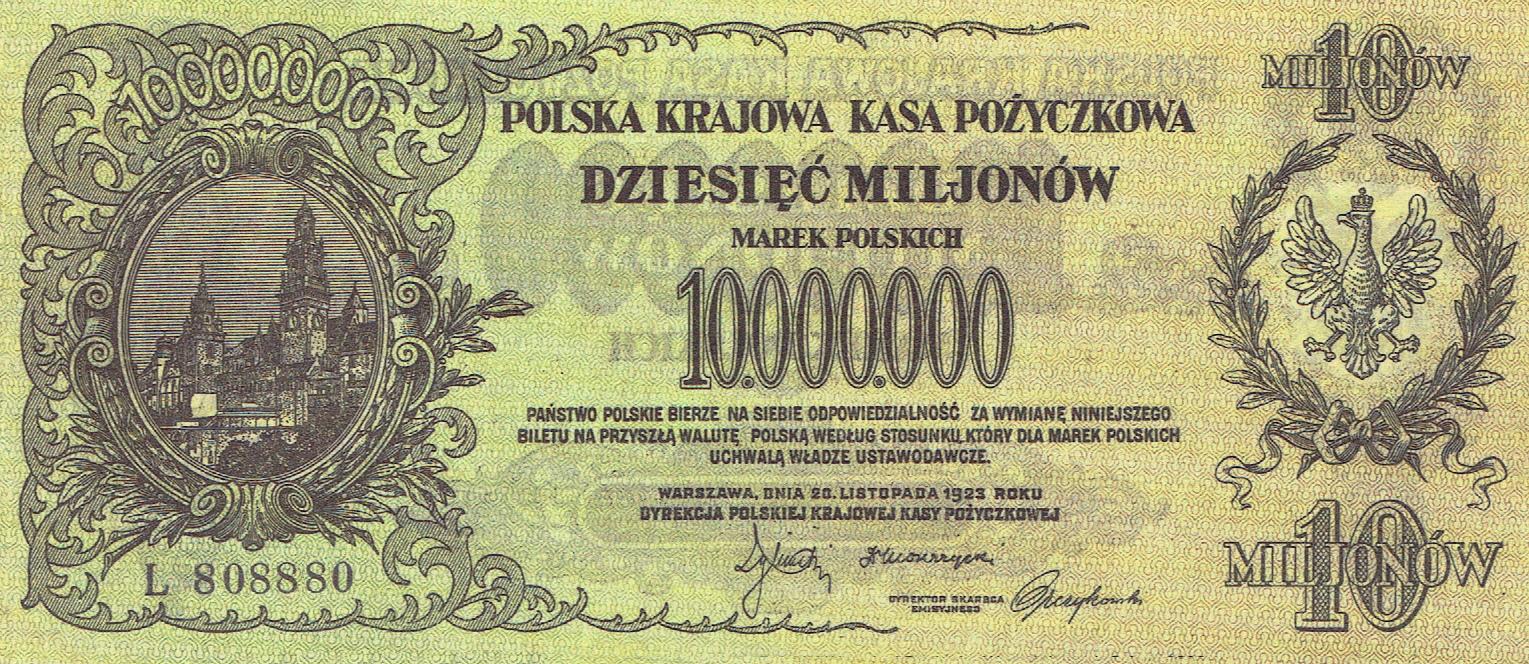 Source: Wikipedia
Source: Wikipedia
Now try to imagine the desperation and frustration if your savings were melting at such an alarming rate! Even the current Bitcoin downturn doesn’t convey the horror of that situation.
Difficult Times and a Hero
The position of the Minister of Treasury in the Polish government at the time was a nasty job! Additionally, the prime ministers of our country were unable to find a suitable person for the position who could prevent the crisis. Finally, Władysław Grabski was entrusted with the task, and he was also appointed as the head of government.
The desperation of politicians must have been immense, as Grabski was given six months of authority to issue regulations with the power of law. He carried out tax indexing, imposed taxes on agriculture, industry, and other sectors, as well as an expedited property tax. He curtailed public spending and subsidies for railways. And it worked! He brought inflation under control and balanced the budget.
On January 20, 1924, he established the Bank Polski S.A., which was to become the new central bank. Interestingly, the starting capital of the institution was to be provided by private individuals (hence the “S.A.” in the name). Ultimately, one million shares were issued, each worth 100 złoty. The State Treasury held only 1% of the shares, while the rest belonged to companies, individuals, etc.
The plan was ambitious. A new currency, the złoty, was introduced. The banknotes issued by the Bank were to be backed by gold and reserves. In 1924, the backing in bullion and reserves reached as much as 87%, but a year later, it fell to only 36%. According to the law, the coverage level could not drop below 30%.
Grabski’s reform helped, but after several months, problems reemerged. The deficit started to rise again, and the value of the złoty began to decline. Polish exports were suppressed by the Germans during the so-called customs war.
Inflation in 1925 was not as dramatic as in previous years, but it still led to mass protests the following year.
The political and economic chaos was exploited by the Sanation, a group of politicians and former military personnel gathered around Józef Piłsudski. In May 1926, they seized power in Poland through a de facto coup d’état. However, the new team still faced the dilemma of how to solve the country’s economic problems.

